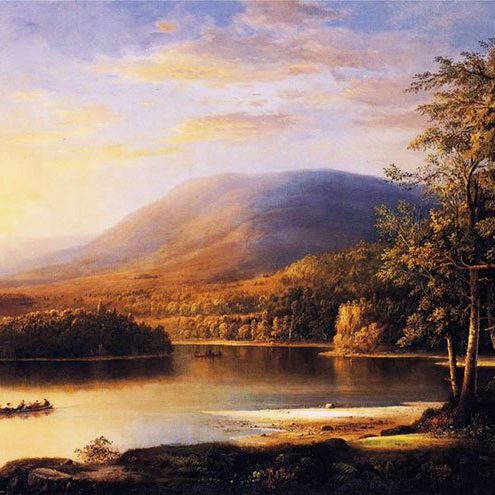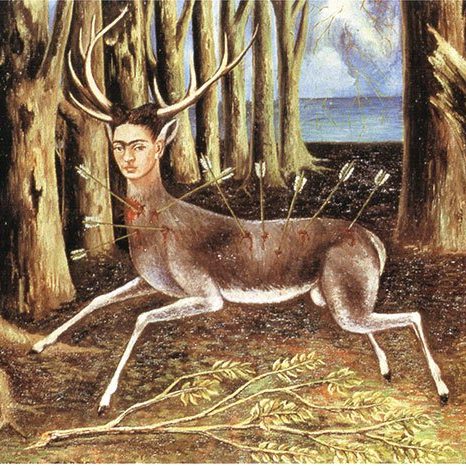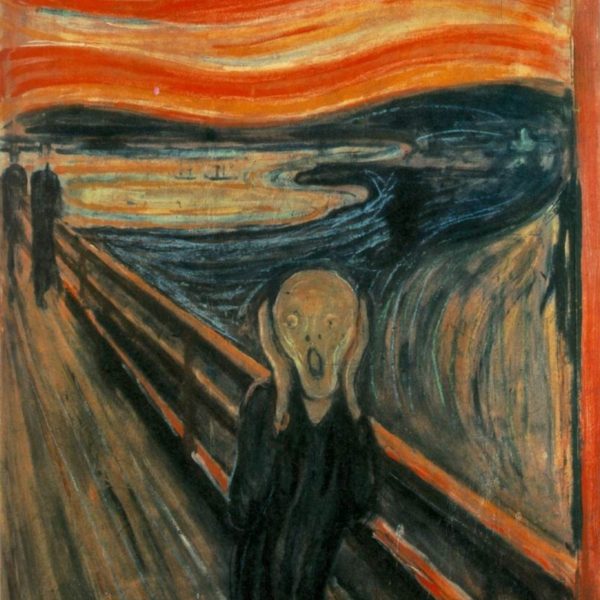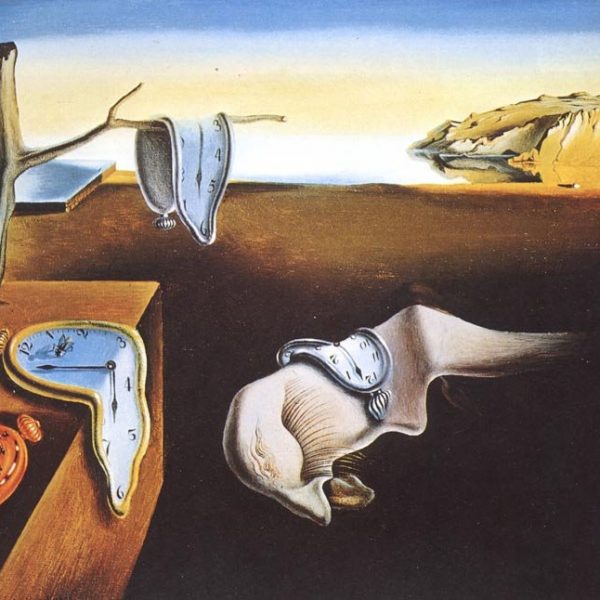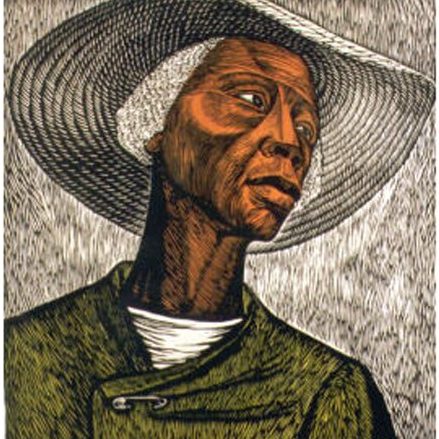Ultimate Guide to Art History
Art history is about more than just the study of art.
Art historians put great cultural works in the context of their time and within the flow of history.

Renaissance

Impressionism

Surrealism

Romanticism
Want to impress your art history major friends? Want to avoid being intimidated by a date who’s more knowledgeable about art than you?
We’re sharing some of the things beginners should know about art history, including the basic things you should learn before checking out a museum
Museum researchers tell us that the average visitor spends just 17 to 27 seconds in front of an artwork – yet such a short window of time won’t reveal much about the history of the artwork.
So, what should you be looking for when you stand in front of a work of art? Here, we share our top tips on visual analysis and explains why you – the viewer – are just as important as the person who created it.
“Spending time in front of an artwork, looking closely at the image, is one of the basic elements of art history”

Viewed through the lens of human creativity, art history teaches how cultures rise and fall and how societies develop. With a degree in art history, you’ll understand where we came from, how we got here, and maybe even a little bit about where we’re going.
Visitors to the Belvedere Museum, Vienna, look at Gustav Klimt’s painting ‘Der Kuss’ (The Kiss), painted between 1907–8)
